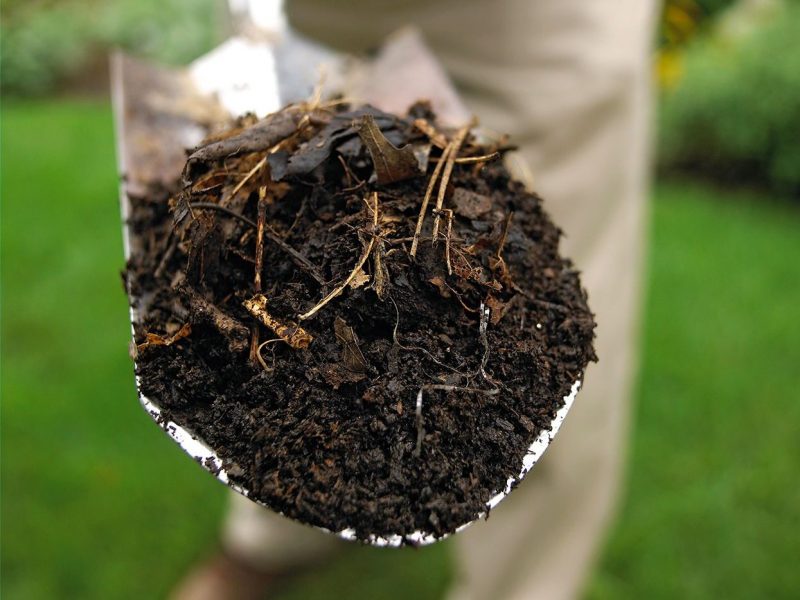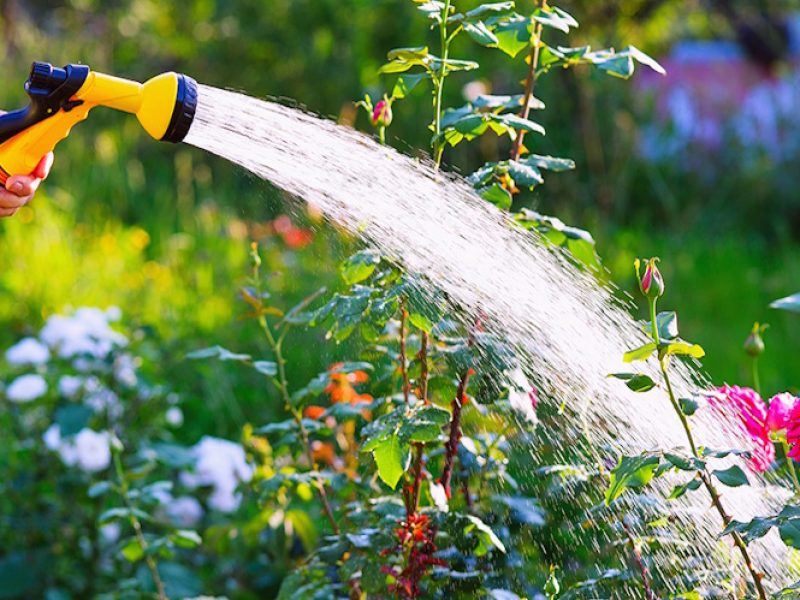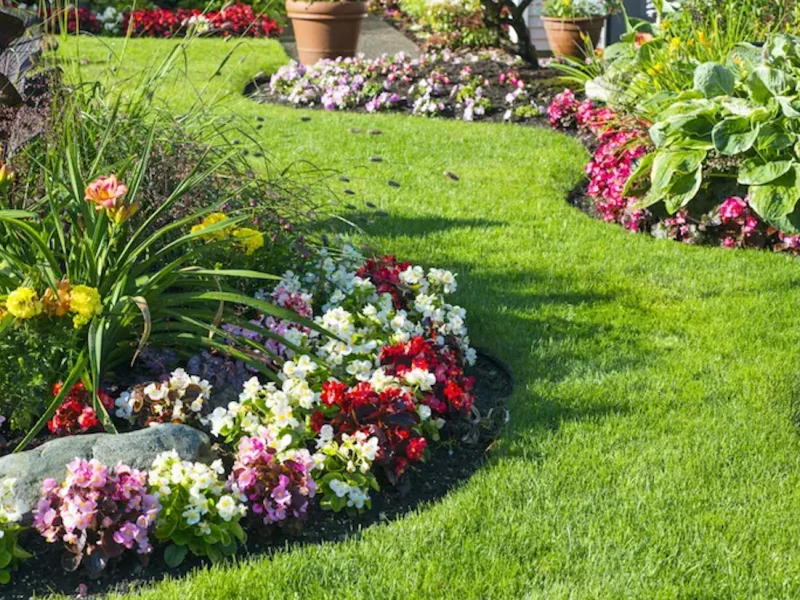

Fall is a great time to review what plants did well and what plants did not. You may want to introduce a new variety into your garden. This is the time to do some research on what plants and varieties will do well in your area.
Prune. Trees go into a dormant stage in the fall, so prune now to cut away any broken or dead branches. This does no harm to the tree and can significantly increase tree health.

Mid October is the best time to dig up those plants that appear crowded and have overgrown other plants. Many of these plants can be split and moved around the garden. This is especially true of Hostas, Daylilies, Black-eyed Susans and Cornflowers.

Adding compost in the fall is the best way you can prepare your garden for spring. Adding a 2-to-3-inch layer in the fall will give it more time to breakdown and become usable to your plants in the spring.
Adding a 3-to-4-inch layer of mulch will help insulate the soil so plants can survive the winter, as they do like to keep their “feet” warm. Mulch also helps the garden retain water and prevent unsightly weeds and weed grasses from developing.

Sometime prior to ground freeze, it is good practice to deep water all your trees and shrubs. This can help in protecting their roots from those freezing mid-winter temperatures.

Adding a deep garden edge of 3 to 5 inches can make even the most hideous garden “pop” and add a wow factor. It shows structure, adds curb appeal, defines pathways, and adds order to your garden. It clearly shows you where your garden starts and ends.
Input your search keywords and press Enter.